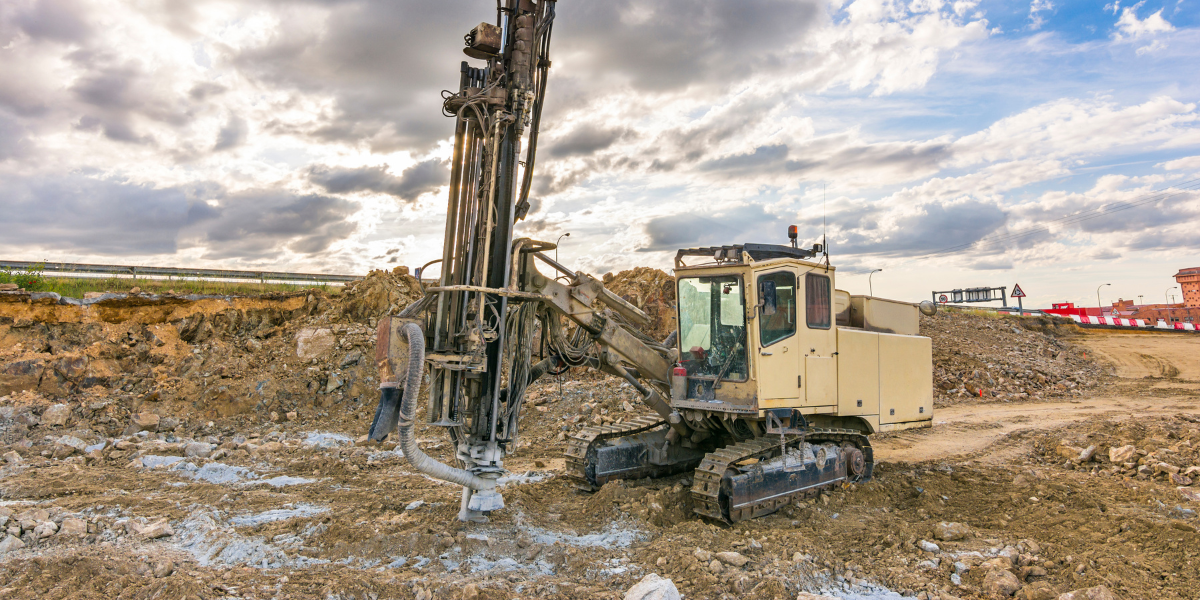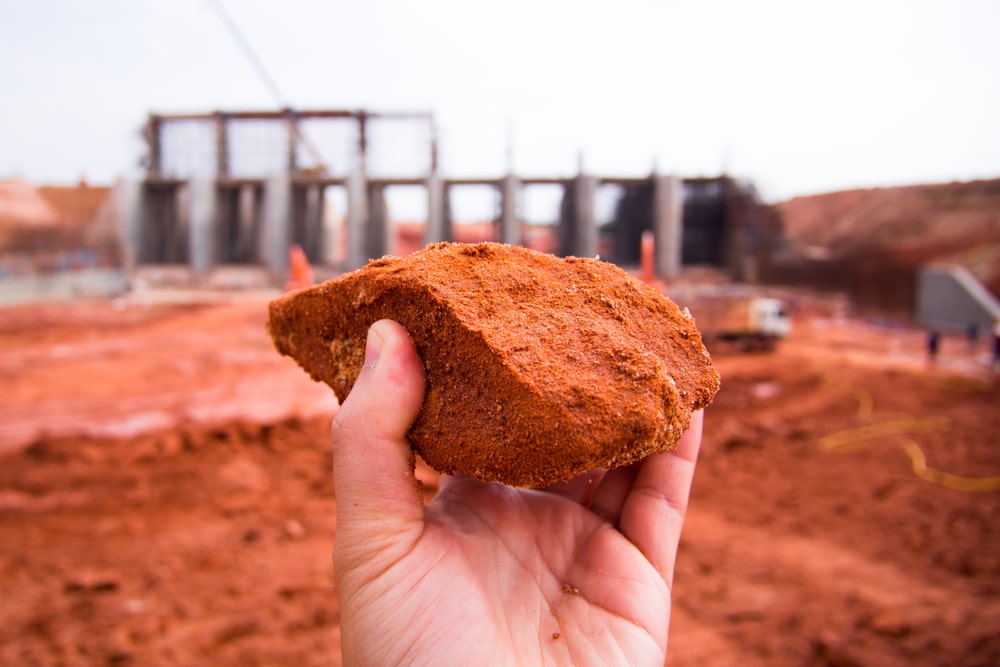Exactly How Consulting Engineers Enhance Geotechnical Engineering Projects: Insights Into Their Proficiency, Methods, and Collaborative Approaches
Consulting engineers are essential in improving geotechnical engineering jobs, using their specialized expertise to navigate the intricacies of subsurface problems. Their methodologies incorporate a variety of website investigation techniques, including Requirement Penetration Examinations (SPT) and Cone Penetration Examinations (CPT), which inform important decisions throughout the design and construction phases. Their joint techniques foster interaction amongst diverse job stakeholders, inevitably forming the task's trajectory. As we take a look at the multifaceted functions these specialists play, it comes to be clear that their contributions expand past technological proficiency, motivating a closer consider the implications for task success.
Function of Consulting Engineers
The expertise of getting in touch with designers in geotechnical design is fundamental to the successful execution of construction jobs. These professionals play a crucial duty in analyzing dirt and rock homes, which are critical factors affecting design and building decisions. By conducting thorough website examinations, getting in touch with designers collect crucial information that educates the layout process, making certain projects are constructed on steady and suitable ground.
Consulting engineers additionally give important understandings into danger administration (geotechnical geologist). They identify possible geotechnical hazards, such as landslides, dirt liquefaction, and negotiation problems, allowing stakeholders to carry out efficient mitigation techniques. Their knowledge aids in enhancing foundation styles, which can result in substantial expense savings and improved safety and security
Moreover, consulting engineers serve as a crucial link between job proprietors, designers, and specialists. Their ability to convert complex geotechnical information into workable suggestions promotes cooperation and promotes educated decision-making throughout the project lifecycle. This multidisciplinary strategy not just enhances task performance however also makes sure compliance with regulative requirements and ideal techniques.
Trick Methods in Geotechnical Engineering

One key method is site examination, which includes carrying out field examinations and lab analyses to gather data on subsurface conditions. Strategies such as Criterion Penetration Screening (SPT) and Cone Infiltration Testing (CPT) are extensively utilized to review soil stratigraphy and stamina. Additionally, geophysical methods, including seismic and electric resistivity surveys, supply non-invasive methods to examine subsurface attributes.
An additional essential technique is numerical modeling, which allows engineers to mimic various circumstances and forecast how soil-structure communications will certainly behave under different loading problems. Limited Aspect Evaluation (FEA) is a typical method used in this context.
Additionally, the style of foundations, keeping frameworks, and earthworks depends heavily on these approaches - geotechnical geologist. By incorporating advanced analytical tools with field information, speaking with engineers try this out can develop tailored options that deal with specific job difficulties, ultimately adding to the stability and security of construction jobs
Importance of Dirt Analysis
Dirt evaluation acts as a fundamental component in geotechnical engineering, supplying necessary understandings right into the physical and chemical properties of dirt needed for reliable building planning. Comprehending soil characteristics is critical for determining its load-bearing ability, drain habits, and potential for negotiation or instability. Detailed dirt investigations, consisting of tasting and lab screening, aid determine parameters such as dirt type, wetness material, density, and shear toughness.
These analyses inform the choice of ideal building and construction techniques and products, eventually influencing task safety and security and durability. For example, natural soils may need different foundation styles compared to granular soils, necessitating tailored design services. In addition, dirt analysis aids in recognizing pollutants that might posture dangers to human health and wellness or the setting, enabling the development of mitigation approaches.
Incorporating dirt analysis into the onset of job growth aids to minimize unexpected difficulties, making certain that engineers can prepare for and resolve prospective concerns prior to they intensify. By developing a detailed you could look here understanding of the site conditions, consulting designers can enhance design effectiveness and minimize costs, consequently boosting the overall success of geotechnical engineering projects.
Joint Approaches in Jobs
Effective geotechnical tasks frequently hinge on joint techniques that combine varied know-how from various disciplines. Reliable cooperation among speaking with engineers, rock hounds, ecological researchers, and building and construction specialists is critical for addressing intricate challenges and enhancing task outcomes. By leveraging the one-of-a-kind skills and knowledge of each employee, projects can benefit from an alternative understanding of the site conditions, governing needs, and design restrictions.
Routine interaction and interdisciplinary meetings assist in the sharing of understandings and promote a society of teamwork. These joint efforts enable the identification of possible risks early in the project lifecycle, allowing for prompt reduction approaches. Incorporating responses from stakeholders, including regional areas and regulatory agencies, ensures that all point of views are thought about, improving job approval and compliance.
Furthermore, the integration of sophisticated innovations, such as Geographic Info Systems (GIS) and Building Information Modeling (BIM), more improves cooperation. These tools allow for the real-time sharing of information and visualization of geotechnical conditions, advertising notified decision-making. Inevitably, a joint method not only streamlines task execution yet also lays the structure for ingenious options to complex geotechnical engineering challenges.
Impact on Task Outcomes

Consulting designers employ sophisticated methodologies such as danger analysis and anticipating modeling, which improve the accuracy of project forecasts. Their capacity to incorporate cutting-edge technologies, like geotechnical instrumentation and information analytics, additionally fine-tunes the design and building procedures. Because of this, jobs experience enhanced performance, minimized costs, and minimized hold-ups.
Moreover, fostering efficient interaction and collaboration among employee improves analytic capacities. When difficulties arise, an unified front permits speedy recognition of solutions, avoiding prospective obstacles. Eventually, the joint efforts of consulting engineers add to higher top quality end results, ensuring that jobs satisfy both regulatory requirements and customer expectations.
Final Thought
